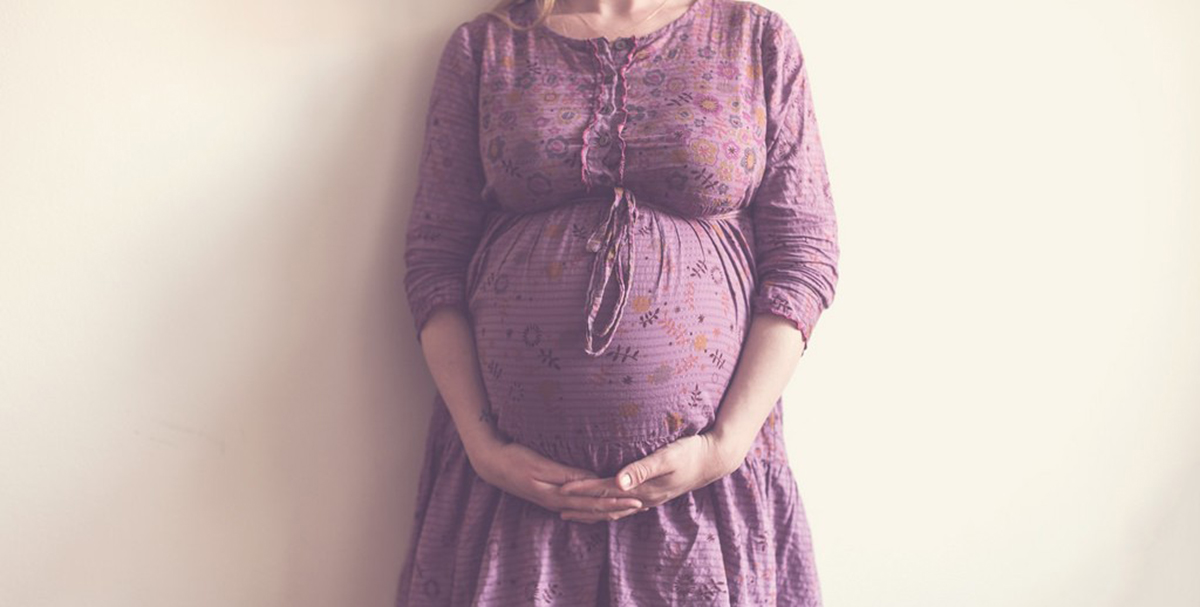Table of Contents
Some pregnancy complications are unpleasant while others can be potentially life- threatening to both mom and baby. Becoming educated and being aware of possible complications can help you seek treatment at the first sign of a problem.

DVT and Pregnancy
A deep vein thrombosis, also called a DVT, is a blood clot, which develops in one of the deep veins in the body.
A DVT can become life-threatening if the clot travels to vital organs, such as the lungs.
Although anyone can develop a DVT, being pregnant is considered a risk factor for developing a blood clot. You are more likely to develop a blood clot during pregnancy for a few different reasons. Hormones released in the body during pregnancy can make your blood more likely to clot.
Blood flow throughout the body may also be slower during pregnancy. As the uterus grows, it can press on blood vessels, which may slow blood flow. In addition, women who are on bed rest, overweight or smoke are at an even higher risk of developing a blood clot.
Pain in the leg and swelling in one calf, thigh or ankle may also occur. If you develop signs of a DVT, seek medical attention as soon possible. A possible complication of a DVT is a pulmonary embolism, which can be life-threatening. A pulmonary embolism develops when part of the blood clot in the leg breaks off and travels to the lung.
Understating HELLP Syndrome
According to the American Pregnancy Association, when HELLP syndrome develops it is usually towards the later stages of pregnancy and it can have a 25 percent mortality rate. HELLP is considered a complication of preeclampsia, which can cause organ damage and is characterized by high blood pressure.
HELLP syndrome leads to a breakdown of the red blood cells, elevated liver enzymes and low platelet levels. Why some women develop the syndrome is not known, and there is no way to prevent HELLP syndrome from developing. But early and regular prenatal care can help identify symptoms early so treatment can be started.
See Also: Placental Complications During Pregnancy And Birth
Symptoms of HELLP include headache, changes in vision and swelling. Pain in the right upper side of the abdominal area may also develop due to liver distension. Nausea and vomiting along with fluid retention may also develop. High blood pressure and protein in the urine are also clinical signs of the condition.
Women who are suspected of having HELLP syndrome need to seek immediate medical attention. Depending on how far along a women is, treatment will likely include delivery of the baby. If the baby is premature, steroids may be given prior to birth to help the baby’s lungs mature. Some women will also need blood transfusions including platelets and red blood cells.
- umm.edu/health/medical/pregnancy/specialcare-pregnancies/hyperemesis-gravidarum
- www.nhs.uk/Conditions/pregnancy-and-baby/pages/dvt-blood-clot-pregnant.aspx
- www.ucsfhealth.org/education/anemia_and_pregnancy/
- www.preeclampsia.org/health-information/hellp-syndrome
- Photo courtesy of Daniel Lobo by Flickr : www.flickr.com/photos/daquellamanera/4455144272
- Photo courtesy of Anna Maria Liljestrand by Flickr : www.flickr.com/photos/liljestrand/13662322753


Your thoughts on this